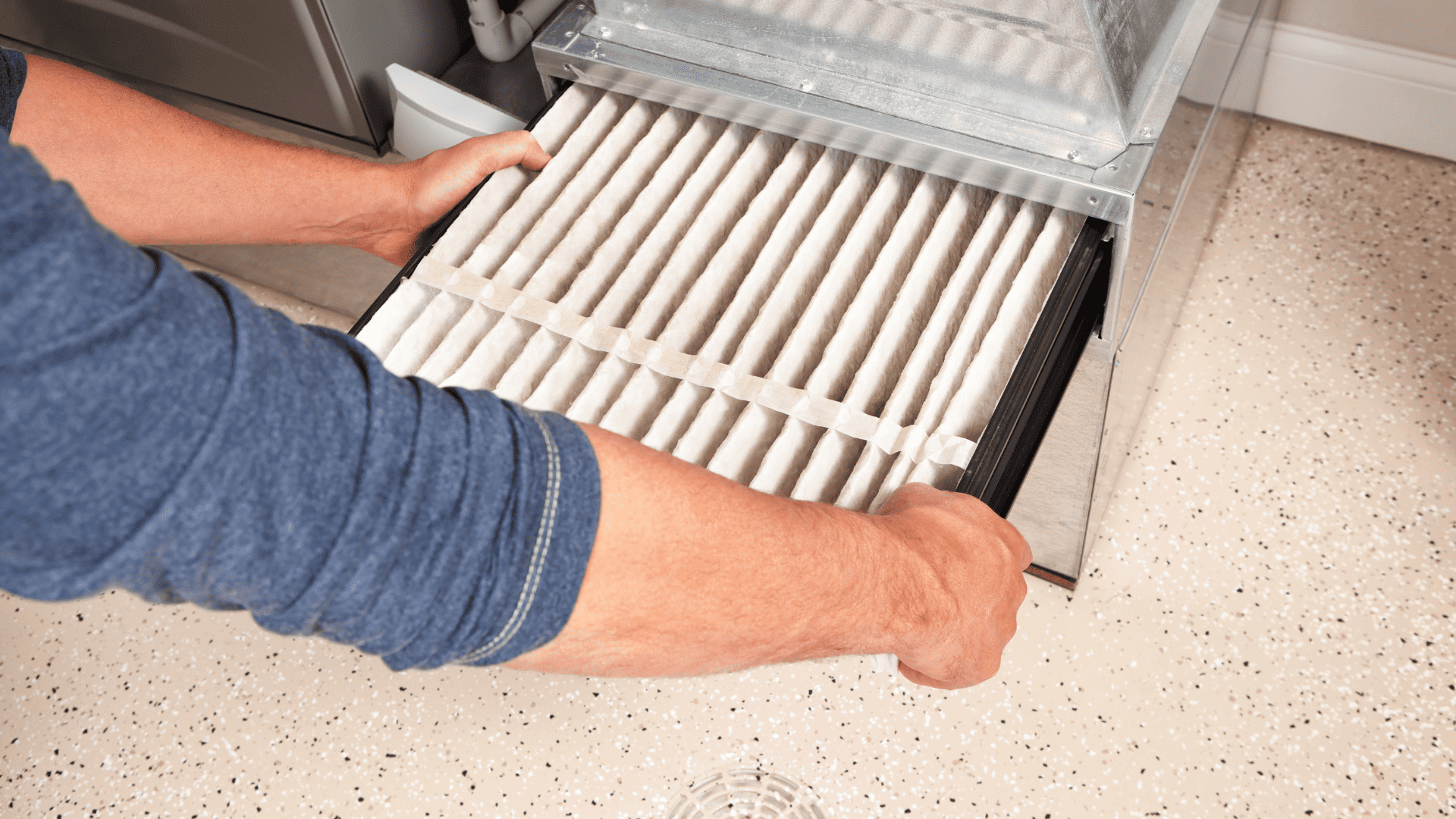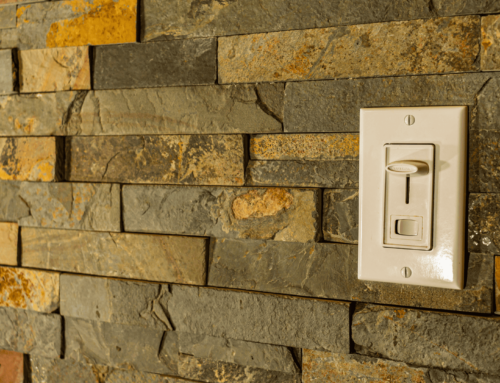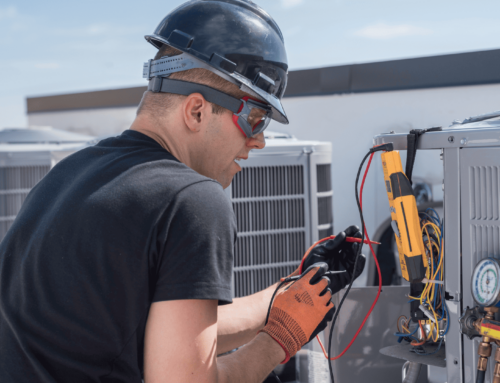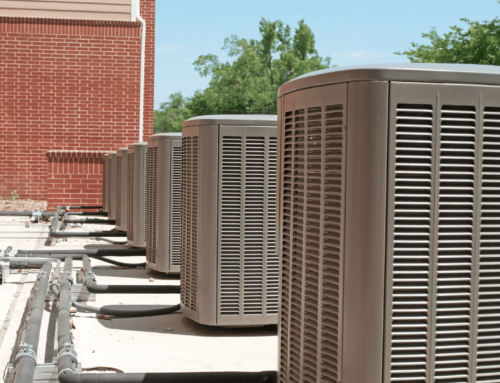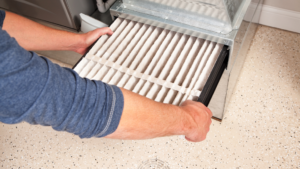
Furnaces cycle air constantly. Otherwise, they wouldn’t be able to circulate heat through your home. At the same time, the continual succession of air draws in dirt, pollen, and other debris that can damage the machine’s internal components.
Filters catch them before they can do any harm or get blown out into your home. However, their effectiveness degrades over time as particles accumulate until eventually they clog the filter entirely, lowering your air quality and putting additional strain on the furnace motor.
Replacing your furnace filters is essential to the health of your HVAC system. Despite this, most people wait too long to replace them, if they ever get around to it at all. For homeowners looking to get the most from their home heating, here is a brief rundown on when and how to replace a furnace filter.
When to Replace Your Furnace Filter
When a filter needs to be replaced depends on its thickness. The thicker the filter, the more debris it can absorb before becoming clogged. Filters should be replaced every:
- 3 months (1-2 inch filters)
- 6-9 months (3-4 inch filters)
- 9-12 months (5-6 inch filters)
For maximum efficiency, check your filter every 30 days. Because furnaces are more active during winter, they clog faster. Not to mention filters in the city become congested more quickly due to higher levels of pollutants, like car exhaust.
Homes with pets may also need to change their filters more often. A quick inspection will determine whether it’s clean or dirty and has to be replaced. Other signs your filter needs to be changed:
- Less Air Flow. Clogged filters obstruct the air that feeds your vents.
- Furnace Runs More Cycles. With less air coming through the filter, your furnace has to work harder to maintain a comfortable temperature.
- More Dust. When a filter becomes oversaturated, it stops trapping dust and begins circulating it through your home instead.
- Strange Smells. When a filter becomes clogged, the trapped particles can begin to overheat and emit an acrid, burning smell.
How to Replace Your Furnace Filter
Replacing your filter is a simple task that takes no more than fifteen minutes. Always check with the manufacturer before purchasing a replacement. If the new filter is too thin, it won’t be able to trap harmful particles. Too thick and it’ll obstruct airflow and put a strain on your motor. Once you have the right replacement, changing your filter is a straightforward process.
- Shut off the furnace
- Open the service panel on the side or top of the machine
- Pull out the old filter
- Slide in the new filter
- Close the service panel
- Reactivate the furnace
Another Way to Save Money on Furnace Repair
While replacing your furnace filter reduces breakdowns, it can’t stop them entirely. Parts eventually wear down and stop working. When that happens, make sure you’re protected by purchasing a Homesential warranty. It covers the cost of sudden, unexpected malfunctions.
There are no service fees, deductibles, or out-of-pocket expenses for covered parts. You pay only a small, monthly premium – peace of mind for less than what you spend every day on coffee. Click to learn more and start saving today!


